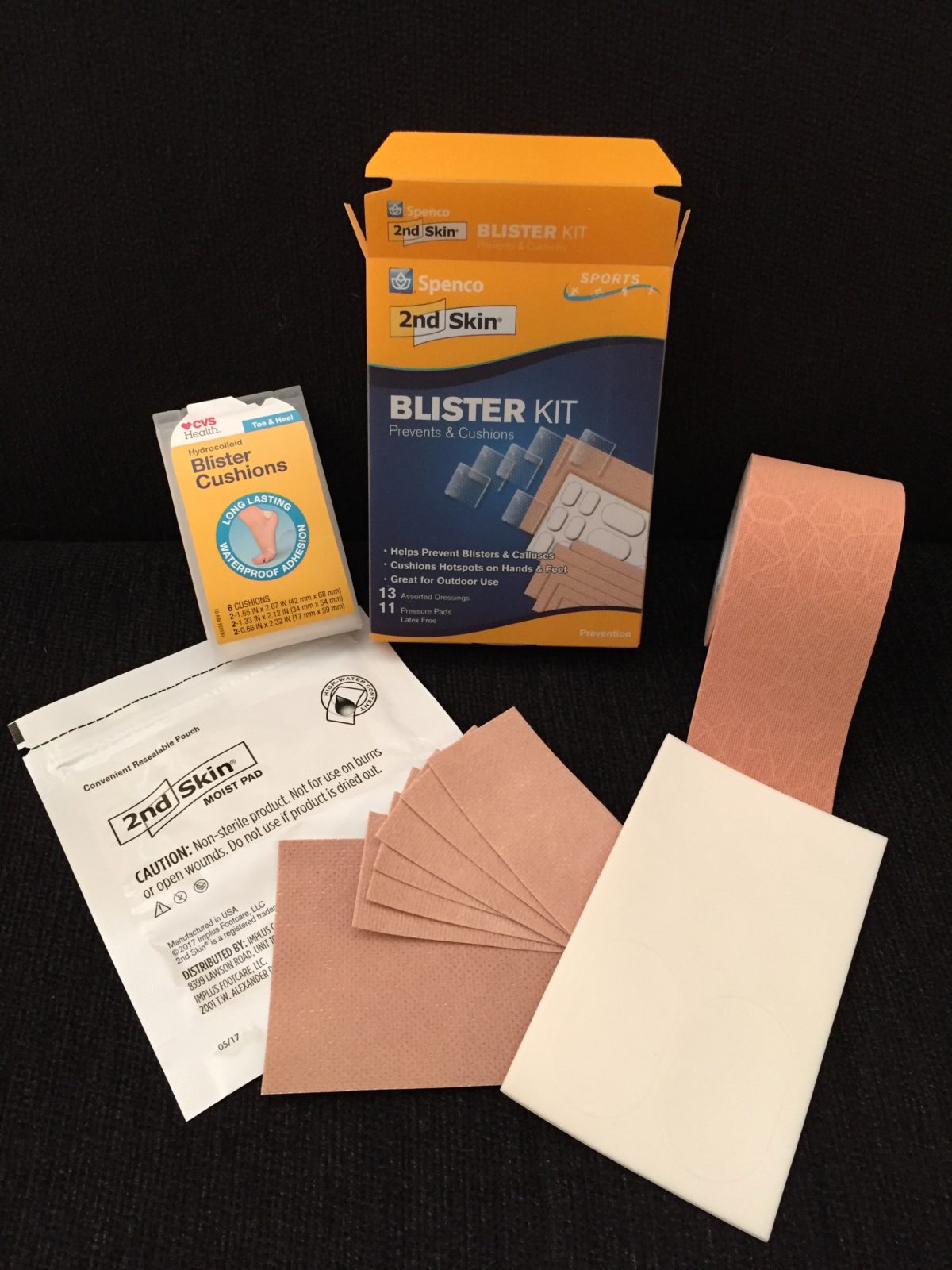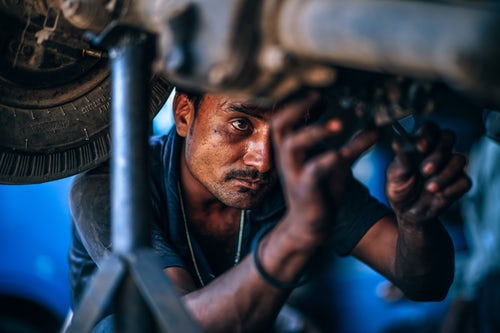Today we’re celebrating Labor Day here in the United States, a day to recognize the contribution of workers across the country. Historically, it specifically highlighted Labor (Union) workers—blue-collar union members and their contributions to companies and shareholders who enjoy the profits and wealth of the “common man’s” work. Parades and picnics were prevalent in big industrial cities. You’ll still find a slew of them in the East and Midwest where manufacturing labor is, or was, king.
Not so much in my hometown, where Labor Day sales at the mall and general activity-laden park picnics seem to take top billing.
What is going on?
A quick Google scan took me to an activity that encouraged people to include their dogs in the celebrating by entering them in a diving competition (at our famous Old Tucson Studios, where scads of old western movies were filmed). They’re calling it DockDogs. This celebration focus was bidding adios to the “dog days of summer.” (I asked my Shetland sheepdog, Dolly, if she wanted to drive 45 minutes west of our home just to show me her belly flop. She didn’t seem interested.)
Another listing encouraged Tucsonans to visit the Arizona History Museum for a first Friday of the month discount. The event blurb highlighted the display “Tucson’s Early Brewers.” That might draw a lot of people since microbreweries and specialty beers are all the rage now; and the originator of “Mr. Beer” (home beer making kit) resides in our fine city, just a couple miles north of my home.
Another event is happening at a local hotel, where they encourage you to drop in to enjoy music by local musicians. And, by the way, don’t forget to stop by the bar for an alcoholic concoction, evidently to help you celebrate better.
A nearby resort is hosting a Labor Day All-Star Jazz Celebration of Motown. And they’re having a big showdown and costume wearing in Tombstone (the town Wyatt Earp made famous). A big Tucson park is hosting their 21stAnnual Labor Day Picnic and Classic Motorcycle Show.
But will those activities tell us anything important about the day?
But I’m left wondering what any of those events has to say about our gratitude to the laborers who have toiled to build this country and keep it going. Although they sound like wonderful, fun and relaxing things to do with the family, they seem to be missing the emphasis of the day.
More than 100 years after its founding, though, I’m going to guess I’d be hard pressed to find anyone out and about on Labor Day able to give you the meaning of the day. That’s probably because it’s now pretty much dedicated to hard-core consumerism, and much of the work force isn’t relaxing or celebrating the fruits of their labor at all—with picnics and rest and neighborhood football games—but laboring to sell or buy goods at a shopping mall, working on completing home projects, buying materials for said projects at the home building stores, or trying to catch up on unfinished work business so they can start the week with their heads above water rather than below.
Last year—
In my Labor Day post last year, on my other blog site “Broken Hearts, Redeemed,”I was complaining about the focus being on blue-collar rather than white-collar labor. And it really isn’t just nitpicking. It’s Labor Day’s history.
And taking nothing away from these hardworking people, who often had to (and still have to) work in miserable, dangerous conditions, sometimes in polluted air or with dangerous moving machinery parts, I’m going to take a moment to honor white-collar guys like my husband, along with the blue-collar workers.
Guys like him, (and, yes, gals), who’ve been working since their early teens to scrape together enough money to attend college, and then spend four or five years surviving on little to no sleep, inadequate nourishment, and getting their brains hammered with the toughest curricula offered in college.
Engineering.
The engineers who stay engineers. The ones who do the work of designing what others end up putting together. Not the managers trying (or wanting) to herd them all around, but the ones who get the throughout-the-day and evening and weekend calls that a product has broken and needs immediate attention because the customer has to have or needs to use it now. Like a doctor-on-call gets notice about a patient that needs their attention. Not after the weekend’s over, but within the hour.
The engineers who have to endure management meetings all day and then meet their job title requirements by designing after the work day’s over—at night. The ones who get paid for 40 hours of work but are really expected to work double time. For free. (My husband once had a manager—seriously—tell him that he didn’t care when he put in his 80 hours; he just had to put in that many. And get paid for 40.)
Then there are the doctors who have little to no family life, even though they dreamed of it.
My younger son has a friend whose father is in charge of emergency medicine at a prestigious hospital. This physician said he went into ER work after watching his father, a premier neurosurgeon, fall asleep from sheer exhaustion at a restaurant table too many times while the family was out to dinner. Or not be around at all because he was being called to the hospital to perform surgery or see unexpected patients. It’s a life they dedicate themselves to, but it’s tough. Who can blame them for buying themselves a 100K car so they can at least enjoy driving to the hospital to cut someone open to save their life?
Interesting enough, ER doctors have a shorter life expectancy than the general population, and engineers are dying at younger ages. Stress makes them more likely to experience heart disease and diabetes. An article in International Business Times (online) quoted Indian physician KK Aggarwal as saying, “Being a doctor in India is injurious to one’s health now.” Evidently they’re dying at incredibly young ages.
At least a dozen engineers where my husband is employed have died of heart attacks or cancer within the last 18 months. And they were all in their late forties to early sixties. Others have said, “Enough,” and walked out the door to other jobs or early retirement.
Sometimes I think we’ve all gone nuts with our “Protestant work ethic” mentality.
Many Millenials don’t want to put up with that stress any longer. They’re quitting their stressful jobs with the ridiculous schedules and unrelenting demands and opting for downsizing, simpler living, and freelancing. Clearly their definition of labor, as a group, is shifting the work paradigm. Maybe they’re smarter than us older people give them credit for. And maybe we should take some cues from them.
But my points are this:
- Why can’t Labor Day go back to being Labor Day? A day to recognize the blessings of hard work, being grateful for having a job and being able to work; for giving credit to the Creator who gives us the talent and opportunity to labor?
- Why can’t we show respect for one another’s work, instead of calling it professional, white collar or laboring blue collar? Why don’t we rejoice at what each of us contributes to the bounty put on our tables? Why do we have to continue comparing our work to someone else’s?
Why is it that when politicians talk about “hard working Americans,” they seem to imply that those making over 200K a year aren’t working as hard as those who aren’t. I’m going to put my neck on the chopping block here and guess that many are working harder.
- And why do so many of us—through our behaviors and words—give the impression that we think someone’s value comes from the kind of work they do? (I don’t know how many times I’ve heard the question at a banquet: “What kind of work do you do?” And the “uneducated,” or any educated-but-stay-at-home-mom types cringe at what they know the response to their answer is likely to be.)
We need to do all we can to stop pitting ourselves against one another—through our actions, our attitudes and our words.
We need to lift one another up, encourage one another.
Thank one another for contributions to the gross national product in this country, or keeping the wheels of progress turning. Thank someone for exercising the gifts and talents God has given them.
Thanking everyone for their labors and sacrifices on this All-American Labor Day!
Until NEXT WEEK (when we’ll uncover three more worldviews that have affected our beliefs and behaviors), celebrate and enjoy your labor and the fruits of it, and thank the One who provides the increase!
(And thanks for letting let me get on my soapbox! I’m off now.)
Blessings,
Andrea


